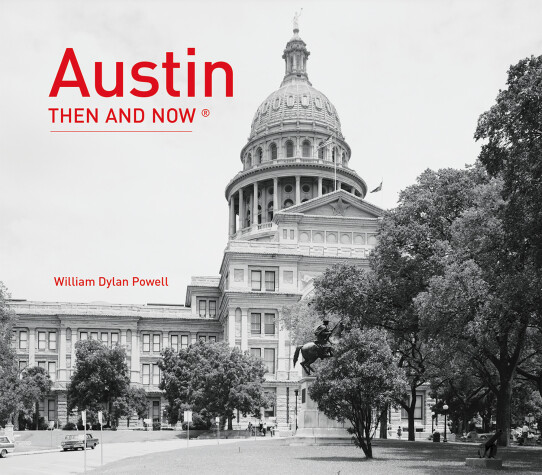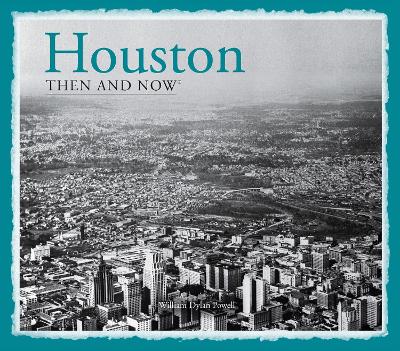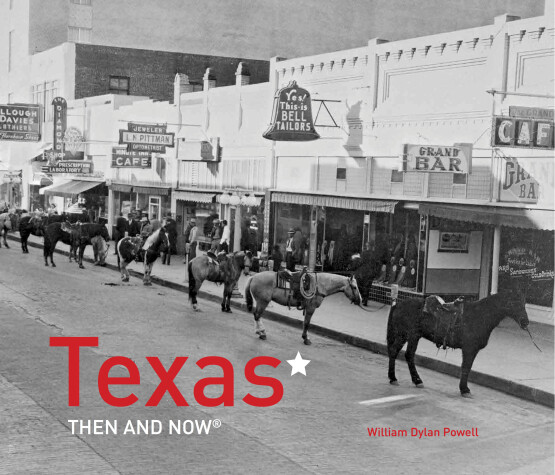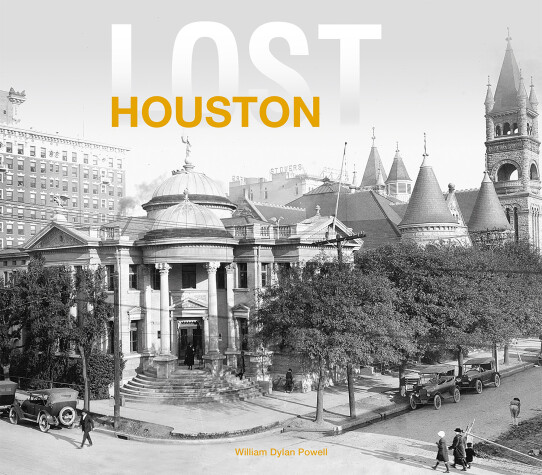Then and Now
4 total works
In 1836 revolutionaries routed the Mexican army at the Battle of San Jacinto and the nearby town took the name of the battle's victor, General Sam Houston. Since then Houston has become America's fourth largest city, and its magnificent cityscape of concrete, glass, and steel bears little resemblance to traditional Texas imagery. It was an entrepreneurial New York family who first promoted Houston's lush landscape and vast potential in the Northeast and Europe, and the town expanded from a handful of tents into a place of more than 10,000 residents by 1900. Oil was discovered nearby in 1901 and from then on Houston never looked back. Sites include City Hall, Carnegie Library, Houston Courthouse, Merchants and Manufacturers Building, Allen's Landing, Houston Chronicle, Main and Preston, Sam Houston Hotel, USS Texas, San Jacinto Monument, Congress Avenue, Houston Water Works, Hermann Building, Texas Capitol Building, Majestic Metro, Old Cotton Exchange, Gulf Building, Moorish Federal Building, Carter's Folly, Kress Building, Union Station, Esperson Building, Antioch Church, Houston Light Guard Armory, Magnolia Brewery, Grand Central Station, Rice University, Museum of Fine Arts, Hermann Park, Miller Outdoor Theatre, and Warwick Hotel.



